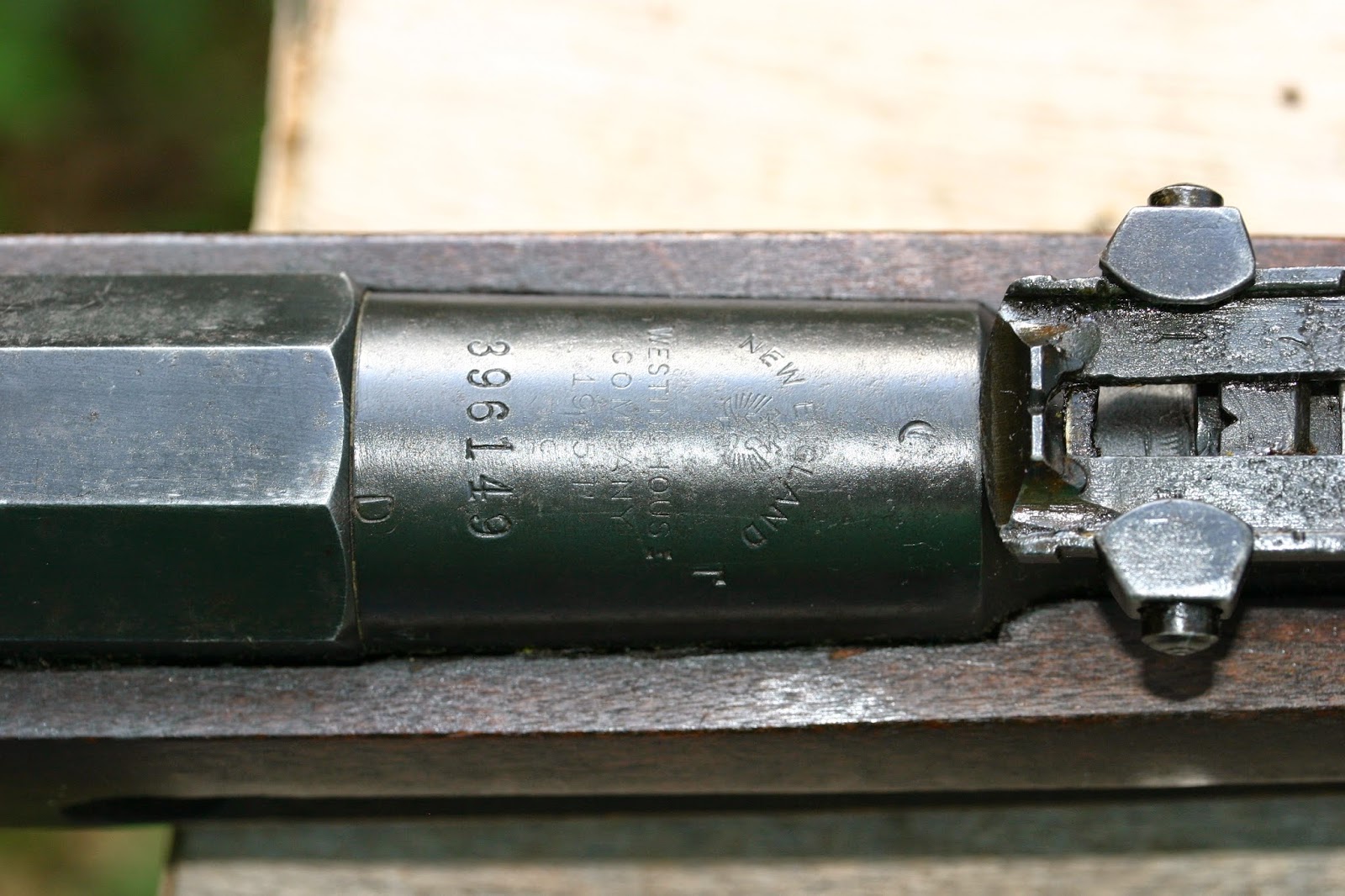 |
| .32 Hand Ejector Model of 1896 |
The top-break latching mechanism on the pocket guns went through several changes to strengthen it before winding up with the familiar "T"-shaped lifting toggle, but no small toggle could be as strong as a solid frame, and in the last decade of the 19th Century, Smith followed Colt onto the market with a solid-framed revolver utilizing a cylinder that swung out to the side for loading and unloading.
The ejector in the new revolver differed from the automatically-operated ones in the top breaks by being a plunger worked by the shooter; hence the new design's designation as the "Hand Ejector" models.
The first one on the market was a pocket-sized gun chambered for a new .32 caliber cartridge known as ".32 S&W Long", which utilized a longer case to prevent the new cartridges from being loaded into older .32 top-breaks. The fluted cylinder had the patent dates and manufacturer's name roll-marked between the flutes rather than atop the barrel; a quirk shared with the contemporary .44 top-break "Favorite" and no other Smith.
 |
| It looks weird with no thumb latch. |
 |
| A comparison of the arrangement of the sideplate screws of the first .32 Hand Ejector and a 1970s-era Model 31-1 in .32 S&W Long. |
Less than 20,000 were made before it was replaced in 1903 with a new .32 Hand Ejector that was almost fully modern in construction, the odd little lungfish of a gun was never screamingly popular, although it did see service with some police departments, including Philadelphia and Jersey City. Its successors, though, would be some of the most prolific and frequently-copied handguns on the planet.









